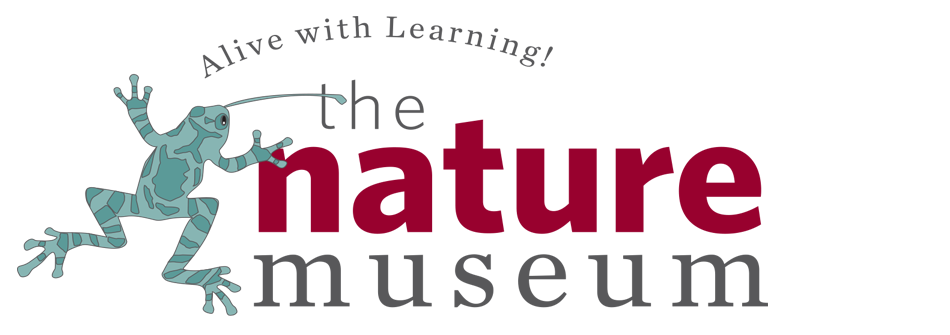Connecting the Dots
By Bob Engel, Marlboro College Professor Emeritus of Biology and Environmental Science
If you’re connected to the many interesting events run by the Museum, you also probably feel a deep connection to the natural world and hope you can pass this on to your kids and friends. In the busy, growing enterprise we call humanity, there is another connection we need to think about: connecting nature to itself. By this, I mean that our activities tend to generate pockets of nature that will slowly decay if left to themselves.
Islands are fascinating, romantic, and delicate places that fire our imaginations, but we rarely stop to think of an isolated patch of prairie, scrubland, forest, or other piece of nature as an island. But each is, and, as a result, are quite vulnerable to at least two forces: (1) the unfortunate intrusion of our symbionts, and (2) the loss of a regular infusion of new occupants and the genes they bring.
Many of the organisms that we love in our “backyards” are sensitive to size, and won’t be found at all in a piece of nature that is too small. And even if they are there, they are negatively affected by our pets and other animals that love the landscape we tend to produce. I include everything from deer to crows here, but even small rodents like chipmunks can take a toll. Since these creatures thrive in our presence, I refer to them as our symbionts; they live with us or around us. They decimate the vegetation (orchids, trilliums, Jack-in-the-pulpits, ginseng and other herbs, as well as most tree seedlings); they eat eggs and fledglings in nests; they kill wildlife, and they import exotic plant species. This onslaught has to be countered by the immigration of new replacements from adjacent — or, much better, connected — habitat patches. In the absenceof connection, a once vibrant piece of nature is diminished to a patch of aging trees infused with exotics.
In my view, besides reducing the amount of carbon we each produce, our biggest challenge going forward is to prevent Vermont’s becoming a series of isolated forest patches that slowly degrade to little more than woodlots. Grim? It doesn’t have to be, but it will take a lot of work and commitment at all levels: state, regional, local, and individual.
There are two primary things to do:
- Keep and enlarge existing patches of habitat
- CONNECT them. This will call for a great deal of planning, vision, money, and energy. Since the Museum’s vision this year is “Connection,” let’s talk about that.
Since its publication in 1967, the Theory of Island Biogeography, has led us out of the dark. Isolated islands are species poor, but islands connected to a mainland immigration source by “stepping stone” islands have more species. The concept of “corridors” connecting any “island” was born and has been verified in the years since. One of my students went to Australia to help plan and plant forested corridors that allow the magnificent Cassowary to move from one forest patch to another. Habitat corridors between mountains in Orange Country, California may save the 20 or so Mountain lions currently stuck in one rural part of the county. Forested riverine or ridge top corridors here will allow large, charismatic carnivores like bear, fisher, and, yes, maybe cougar to move from one patch of habitat to another. Bright, open routes through forest, connecting fields, will result in more pollination and plant species in those fields. In all cases, think of a subway map.
To combat what is called “fragmentation,” connections will have to go beyond Grafton, beyond Windham country, and even beyond the state of Vermont. Existing protected areas, especially those that can be enlarged, will anchor all of this.
Nobody said it would be easy.
North Brabant province, Netherlands

